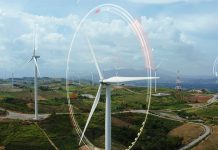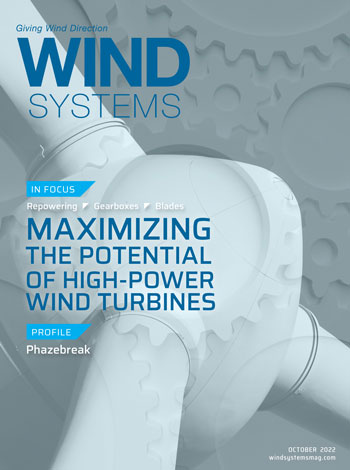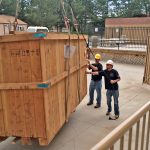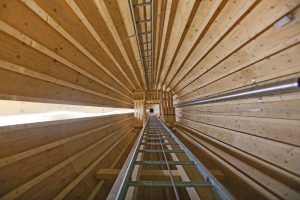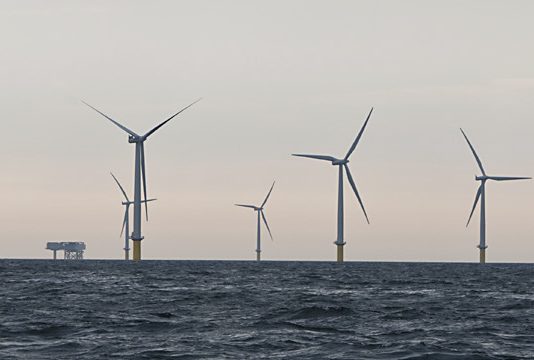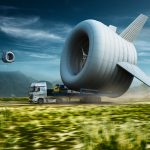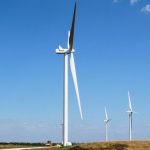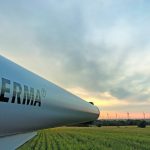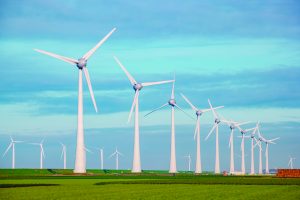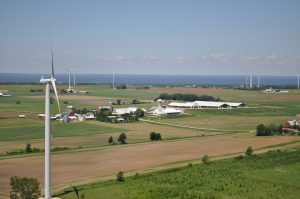The National Oceanic and Atmospheric Administration (NOAA) predicted a hotter than normal summer for nearly the entire contiguous U.S. The issue was compounded by a 2 percent loss of reliable hydropower from the nation’s power-producing dams and the rapid retirement of many coal power plants. Energy experts say adding more renewables into the mix will have the dual impact of cutting climate-change-inducing greenhouse gas emissions while increasing the nation’s power supply. Without renewables, there may not be enough power to meet electrical demand in the coming months — and the coming years.
Wind power is cited as the most efficient technology to produce energy in a safe and environmentally sustainable manner: It has zero emissions and is local, inexhaustible, and is cost competitive with fossil fuel-based sources of energy. S&P Global Market Intelligence anticipates U.S. wind deployments are on track to hit a new record in 2022 with an expected 27 GW of wind to come online this year. Fueling the upswing are the expansion of state-level renewable requirements, the expected extension of tax credits for the industry, and a jump in demand by corporations looking to curb emissions. Wind energy is an elegant protagonist of the energy transition.
The resulting on- and offshore wind farms are nothing short of remarkable. Their towering, majestic monoliths with stark white, slowly turning blades quietly create clean energy. Wind turbines have an excellent safety record, but given alternating stresses and the complex environment in which they operate, they are not without their issues. Although scientists are making massive breakthroughs in revolutionizing how turbines are constructed and built, they are prone to blade cracks, leading-edge erosion, blade-furniture delamination, detachment, bird strikes, and lightning strikes. Yaw misalignment and pitch bearing failure can also affect the efficacy of wind turbines. These issues will only increase as the demand to capture more wind grows.
For two decades, the wind-energy industry has succumbed to the seduction of digitalization to help reduce the costs of grid and generation applications, improve performance, and multiply environmental benefits for energy consumers. Digital technologies also affect the wind-energy supply chain, from turbine manufacturing to daily wind-farm operation and decommissioning.
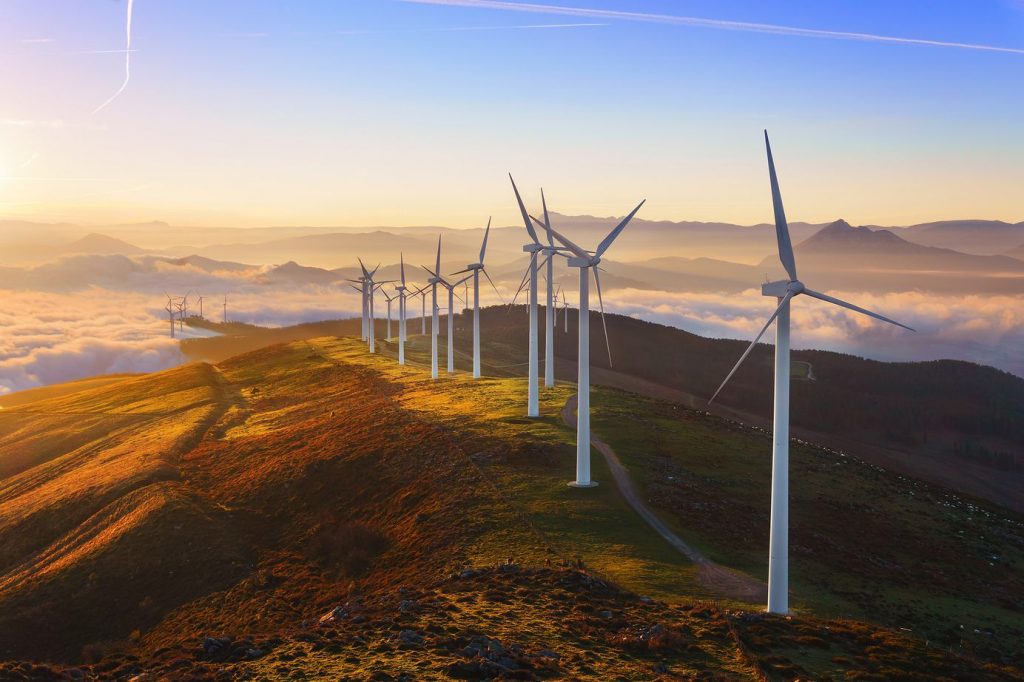
Wind-energy providers can further boost production, minimize downtime and risk, and improve efficiency by deploying next-generation AI technologies. AI and physics-based modeling enable optimal maintenance operations and asset protection, preventing costly and potentially dangerous downtime and asset failures. AI-based production forecasting allows operators to realize increased revenue, and the detection of underperforming assets enables energy producers to increase production. By adding advanced OT cybersecurity capabilities, online and offline assets are protected from zero-day threats, even with little to no connectivity.
Renewable energy project operators also face challenges in managing and analyzing the large volumes of data generated by their assets. Real-time monitoring collects 30,000 data points per minute per turbine within the wind industry. Manually analyzing that data takes time and resources and can result in missed opportunities to optimize operations, identify and address underperforming assets, and prevent failures and downtime. Engaging in machine learning (ML)-powered modeling capabilities removes the manual effort of processing and managing data from analysts and technicians to allow them more time to work on solutions.
Addressing 2 Physical Issues: Yaw Misalignment and Pitch Bearing Failure
Yaw misalignment is the measured difference between the wind direction and the nacelle position of the turbine, which houses the drive train and other tower-top components. When the yaw error is at zero degrees, the turbine is pointing directly into the wind. If the yaw error is anything other than zero degrees, the turbine will experience yaw misalignment, resulting in less energy being produced and increased turbine loads.
The two standard methods of identifying turbines with yaw misalignment have been with light detection and ranging (Lidar) measurement campaigns or physics-based methods applied to turbine SCADA data. While both techniques can be effective, they have significant disadvantages. Lidar measurement campaigns are very costly, and physics-based methods require data from an extended period (typically one year) where yaw misalignment is present, resulting in a large amount of lost production and time spent operating with increased loads.
A renewable energy machine learning-based solution can accurately detect yaw misalignment without an expensive Lidar campaign and a year of operating data. It builds upon the physics-based method and uses historical data to train the machine learning model to detect when yaw misalignment is present. The training model can detect yaw misalignment of 5 degrees or more with 96 percent accuracy using only two months of historical data. It notifies the analyst and provides the extent and direction of yaw misalignment so the issue can be quickly corrected, and the turbine returned to its optimal condition.
In one example, the AI platform identified the turbines with yaw misalignment and provided the operator with the magnitude and direction of each incorrect turbine position. The operator was able to update the turbine yaw offset remotely, resolving the issue without a turbine climb. The benefit to turbine-power production was confirmed, with corrected turbines producing as much as 2 percent additional Annual Energy Production (AEP), resulting in an annual revenue increase of $45,000 for the project.
Pitch bearings are also subjected to demanding operating conditions and can be costly to replace. The legacy method of diagnosing pitch bearing health is analyzing grease samples from the bearings. The varying amount and size of the wear particles in the grease can provide some insights into the health of the bearing. The flaw in this approach is the time and expense of obtaining samples. The turbine must be taken offline, and technicians must enter the hub to pull samples. Once the sample is extracted, there may be uncertainty in interpreting the grease analysis results.
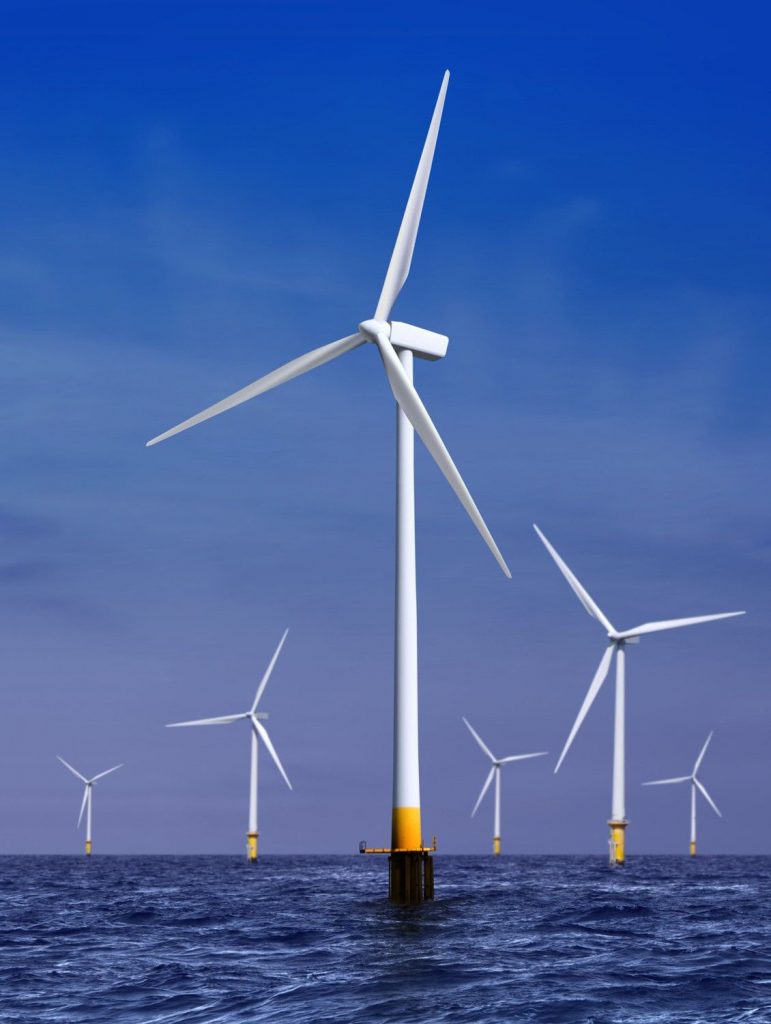
AI for data analytics can detect pitch bearing issues remotely, using data from existing sensors on the turbine. These signals can include commanded pitch position, actual pitch position, pitch motor current and temperature (for electric pitch systems), pitch system pressures (for hydraulic pitch systems), turbine fault history, and other relevant signals.
The wind-energy-specific cloud computing platform runs 24 hours a day with no input required from analysts. The algorithms use only existing signals from the turbine, so no additional hardware is required. The data necessary for the algorithms are continually sent to the platform with no need to take the turbine offline and physically climb the turbine.
When a turbine with a faulty pitch bearing is detected, the technology automatically notifies users so the damage can be verified. Failures have been predicted with more than 90 percent accuracy up to six months in advance. Ultimately, this allows project owners to get long lead time replacement pitch bearings and creates a situation where all damaged pitch bearings can be replaced with a single crane callout. By minimizing turbine downtime and avoiding multiple crane callouts, owners can save up to $150,000 or more each time multiple pitch bearings are simultaneously repaired.
Conclusion
Artificial intelligence, machine learning, and natural language processing technologies turn structured and unstructured data into predictive maintenance, production forecasting, energy optimization, parts forecasting, and data aggregation capabilities — all in a real-time platform complete with visualization and reporting. In combining the power of data analytics with physics-based digital twin technology, wind-energy operators receive the most comprehensive models with the highest accuracy and most extended possible prediction horizons. Cloud-based SaaS solutions can be deployed and generate insights within days — significantly accelerating time-to-value.


















